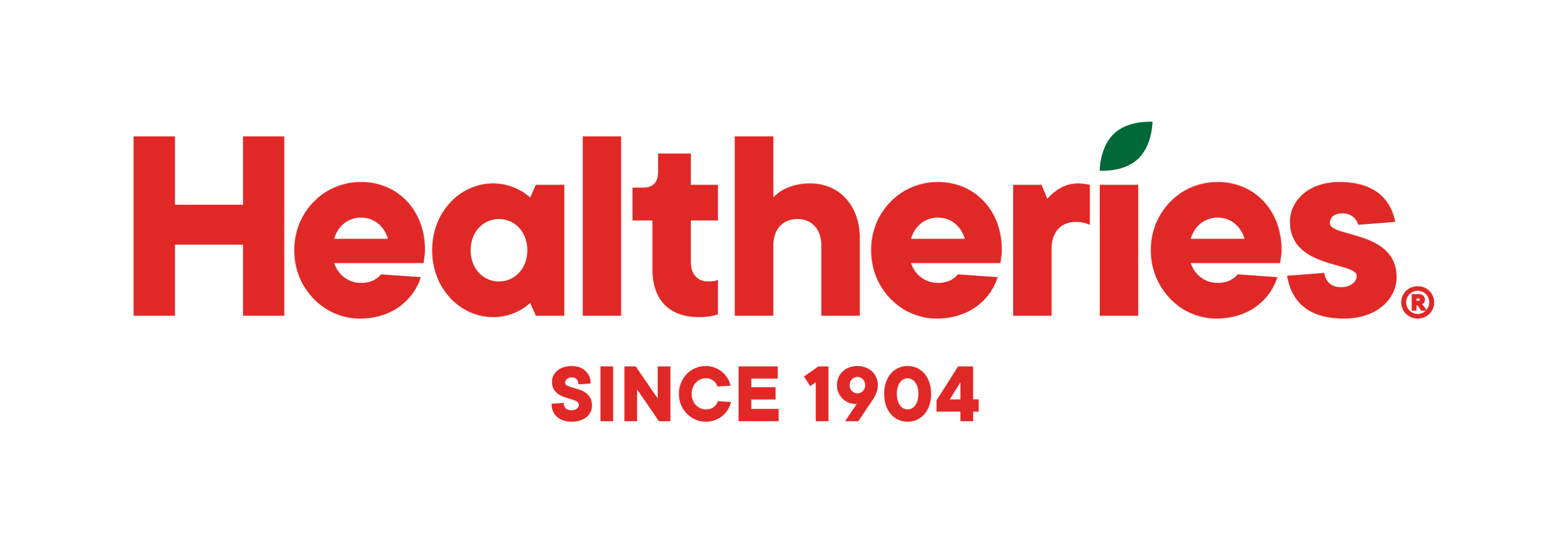When trying to make healthier food choices it’s important to understand what all the information on the side of the packet means! Let’s get started…
What is on a nutrition information panel?
On the NIP (Nutritional Information Panel) you will generally find two columns:
- The ‘per 100g’ allows you to compare similar products for energy, fat, saturated fat, sugar & sodium levels
- The serving size ‘per serve’ shows you what a recommended serve is and the amount of energy and nutrients you will get per serve.
More about serving size
When reading labels you should be careful as the serving size can vary between similar products and does not always relate to the total weight of product in the packet – there can be several serves per packet. With some savoury snacks like potato chips, it can be hard to resist eating the whole bag in one sitting. A 150g family-sized bag of potato chips may claim to hold 8 or so serves, but how many of us are guilty of devouring the entire pack before we even realise it?!
If you’re particularly worried about serving size try actually measuring the right serving size using a scale for a couple of weeks. This will help you get a visual gauge for the future. Alternatively, some products come in serving size packets, handy for controlling this on the run!
Some other things your should know about 'NIP' panels
- Did you know? There are 4.2 kilojoules in 1 Calorie.
- The total energy (measured in kilojoules or Calories) in a product is determined by the amounts of protein, fat, carbohydrate and dietary fibre.
- Look for snacks that are low in saturated fat by comparing the levels in the ‘per 100g’ column. Use this same method to find snacks that are lower in sugar.
- The upper limit for sodium is 1400mg per day for children 4- 8 years of age.
- Snack products tend to be high in sodium so keep an eye on this little number when comparing similar types of snacks.
- Did you know? Its’s important to balance our sodium intake by increasing our potassium. How? Eat more high fibre vegetables.
